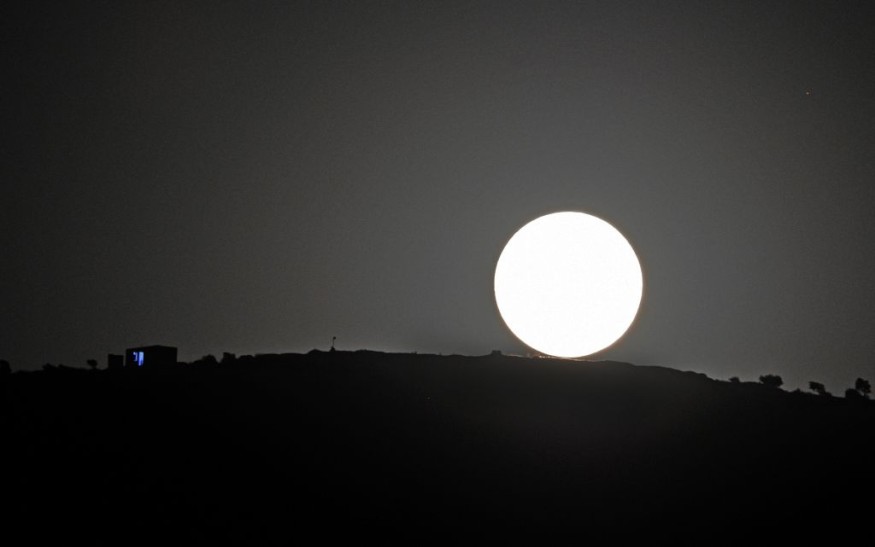
On the 13th of July - Wednesday, the moon shall pass over Earth's sky resulting to a full moon of July, dubbed the Buck Moon.
The Biggest Full Moon of the Year
The Moon would be at its brightest and fullest on Wednesday at around 2:38 p.m. EDT (1838 UTC), however the Buck will not at all end there; the Moon would also be dazzling and beautiful on the 12nd and 14th of July (Tuesday and Thursday nights).
On Wednesday daytime, folks may visit the Virtual Telescope Project website to see a simultaneous broadcast of the full moon emerging above Rome, Italy. The stream will commence at 3:00 p.m. EDT wherein, stargazers could observe that the Moon appears bigger and brilliant compare to its usual form.
This is since the full moon would emerge as a supermoon for the 1st quarter in a succession - a full moon that happens when the Moon is nearest to Earth, referred colloquially as its perihelion.
At this month, the Moon will approach closest point at 5 a.m. EDT (09:00 a.m. UTC) on July 13, approximately 10 hours ahead the full moon sets.
Furthermore, according to timeanddate.com, supermoons sometimes seems bigger and up to 16% luminous in the horizon than a regular full moon. The past two supermoons were the Strawberry Moon in June and the Flower Moon in May, which further showcased a perfect lunar eclipse.
While as per The Old Farmer's Almanac, the following quarter's Sturgeon Moon, that would apex on August 11, would be the season's penultimate supermoon.
However, many might ask what's the deal with the strange, poetic Moon monikers? Well, we return to The Maine Farmer's Almanac, which started publishing Native American identities for full moons in the 1930s.
As shown in the recent update of Science Alert, the Algonquin group of what is today the northeastern United States called the July full moon the Buck Moon because juvenile bucks develop their initial antler nubbins at this period of season. The Algonquin moniker for the Moon has subsequently been borrowed by contemporary civilizations.
The July full moon is commonly renowned as the Thunder Moon, as per NASA, because of the numerous lightning strikes that occur in summertime.
Buck Moon at its Brightest on Wednesday Night
Monthly, the Sun, Earth, together with the Moon coincide on an unseen 180-degree plane, resulting in a full moon. Because the Moon's trajectory differs by around 5° from Earth's, its silhouette is generally slightly greater or shorter over Earth's, allowing the beam of light to highlight the side opposite of the Earth, the Nation World News reported.
The full Moon in July is known as the Buck Moon as male deer (bucks) antlers are in peak development at this season. Bucks lose and regenerate their antlers on a regular basis, resulting in a bigger and increasingly spectacular pair as the seasons pass.
Variant nicknames for this month's Moon include Feather Moulting Moon (Cree) and Salmon Moon, a Tlingit phrase for when fish came to the region and were harvestable.
Seedlings also were heavily displayed in July's Moon identities. Berry Moon (Anishinaabe), Moon When the Chokecherries are Ripe (Dakota), Month of the Ripe Corn Moon (Cherokee), as well as Raspberry Moon are a few of the top picks (Algonquin, Ojibwe).
Thunder Moon (Western Abenaki) and Halfway Summer Moon (Anishinaabe) are alternate iterations that allude to torrential rain and the early summer, respectively.
© 2025 NatureWorldNews.com All rights reserved. Do not reproduce without permission.





